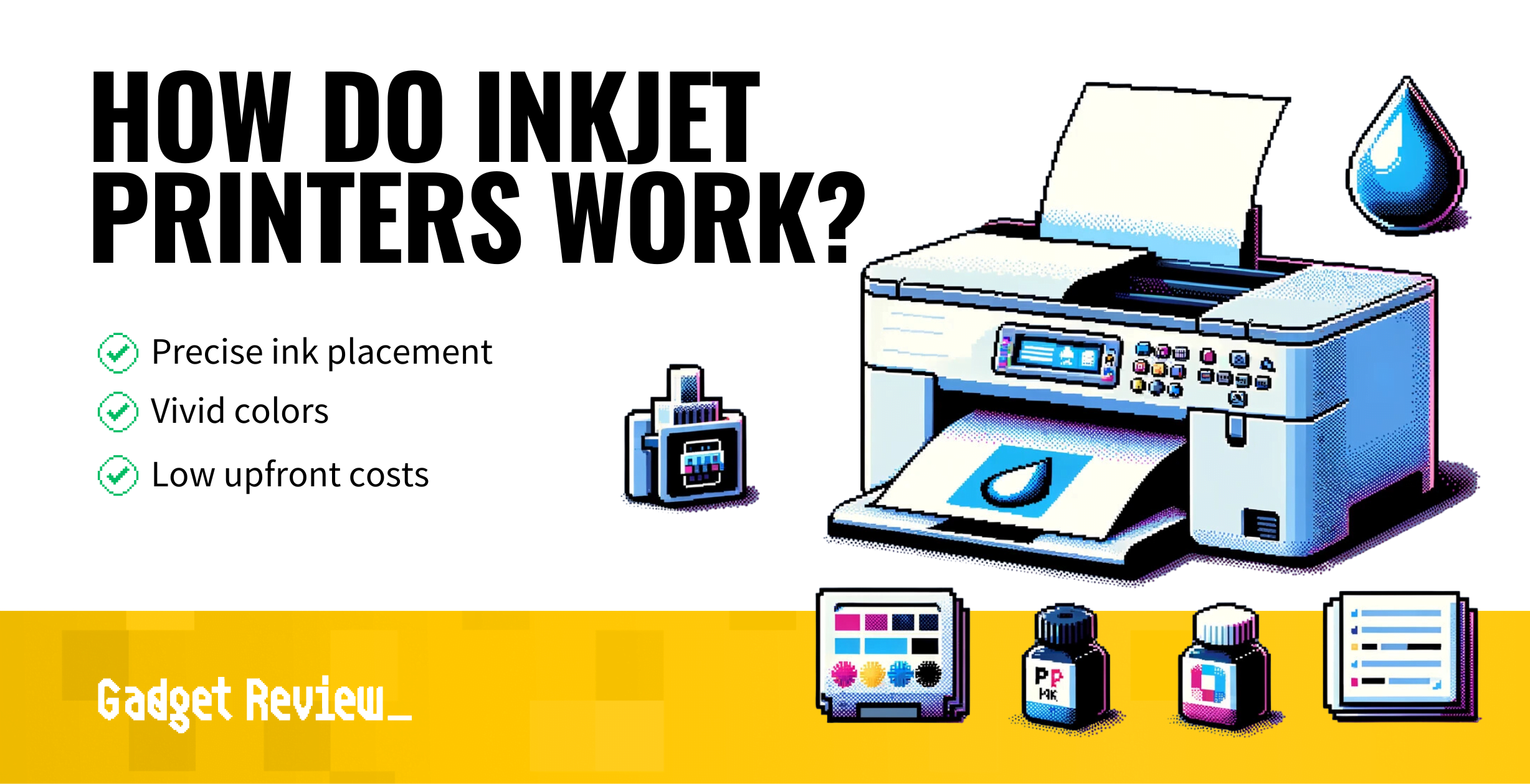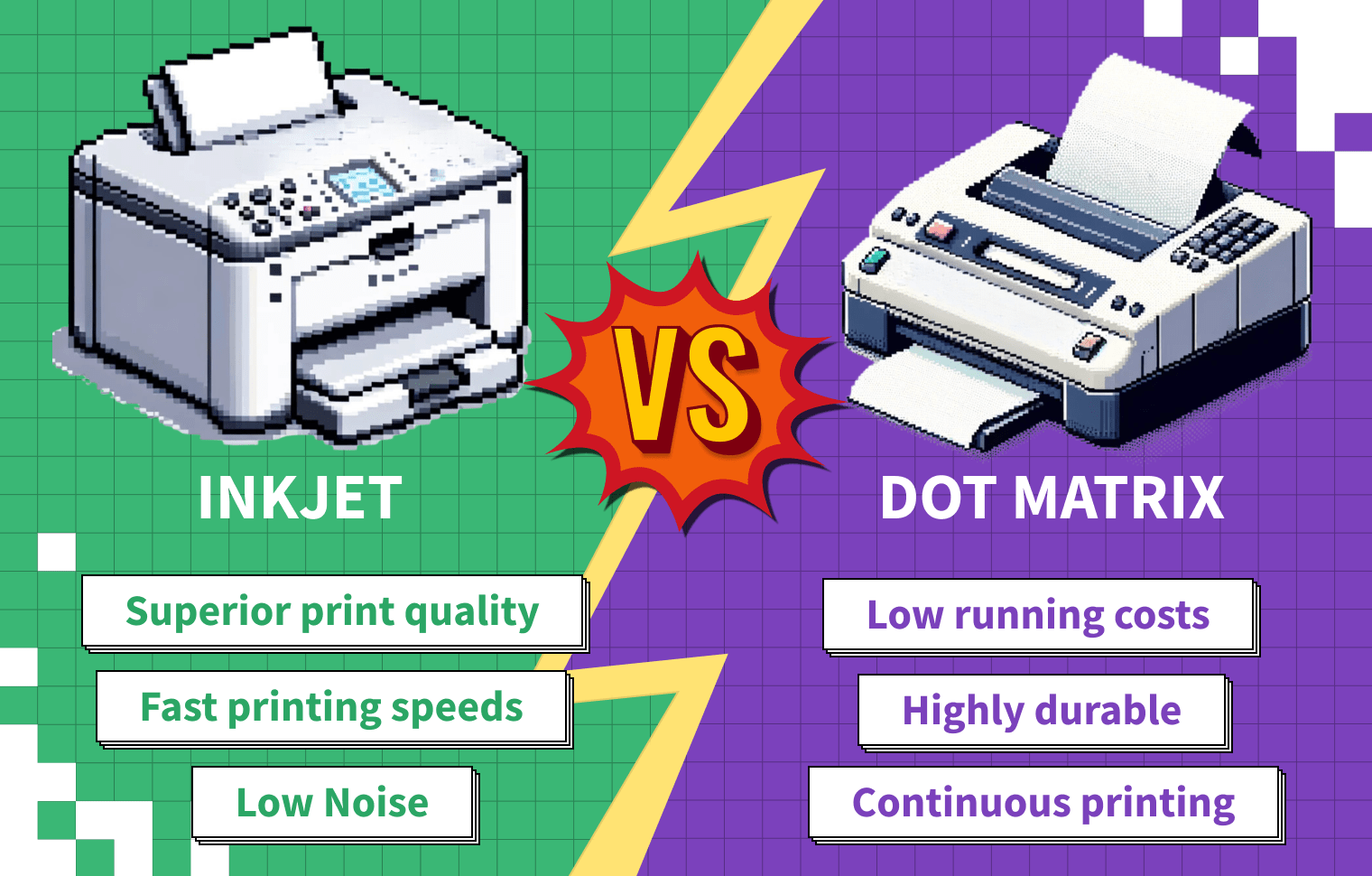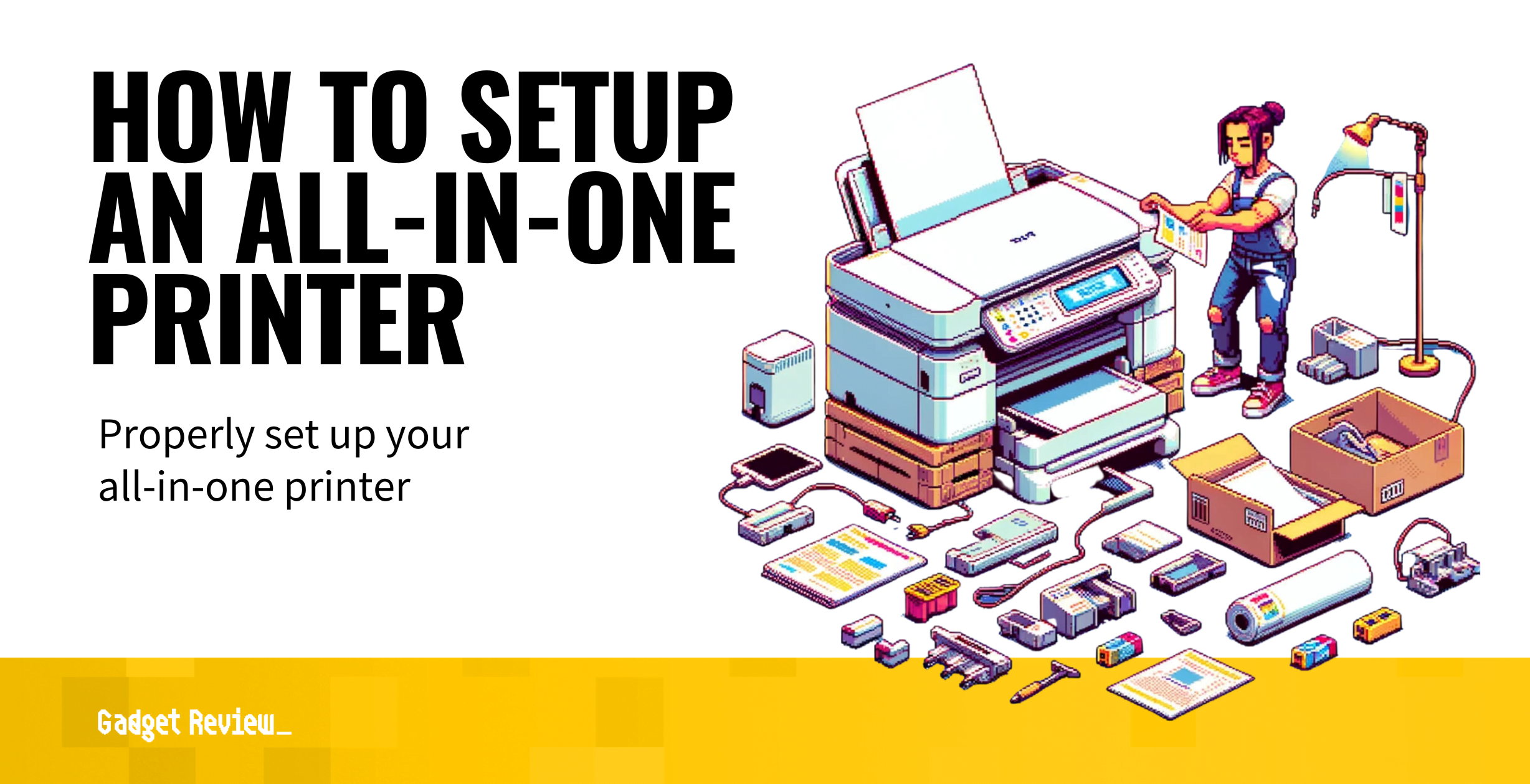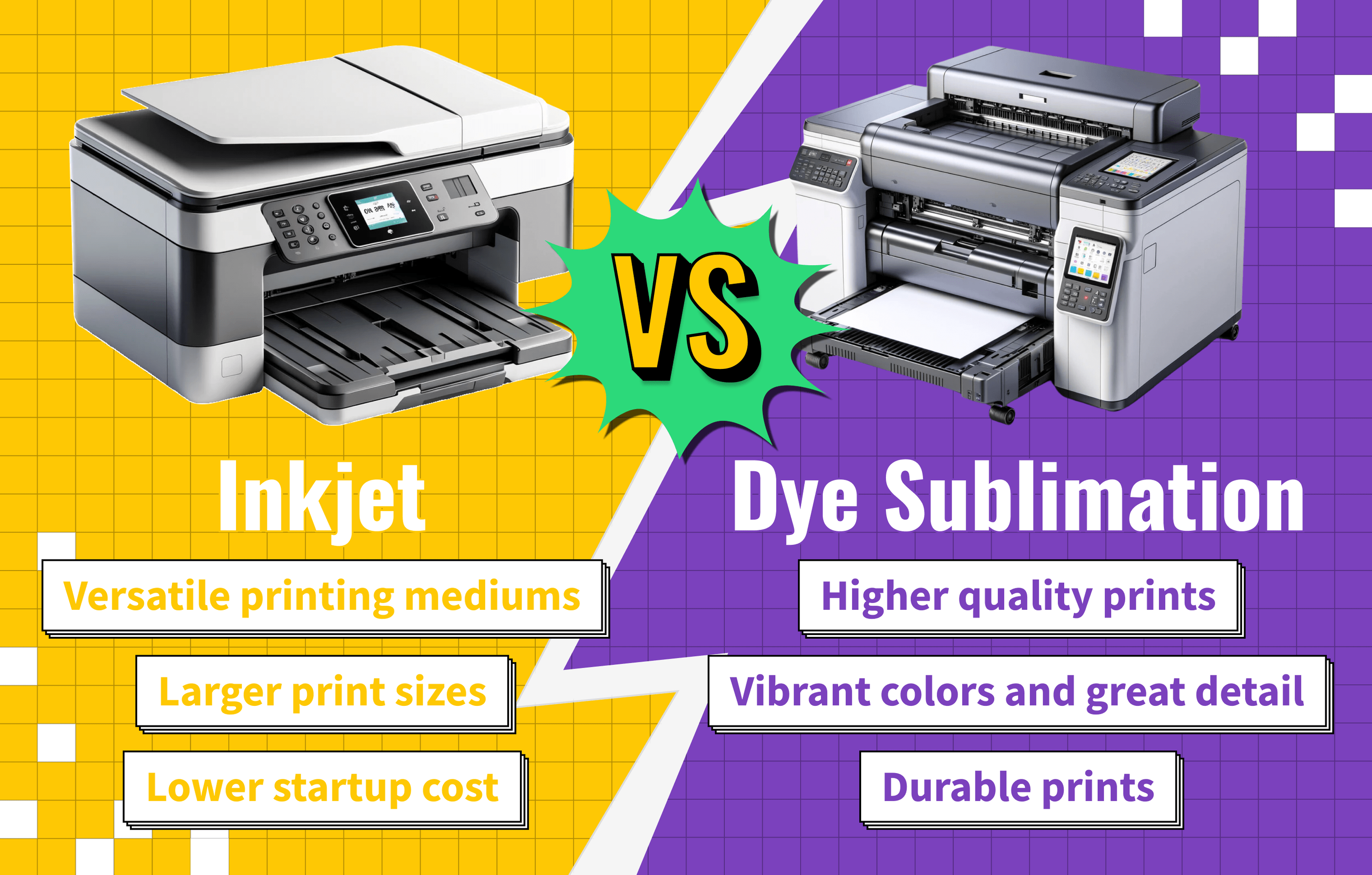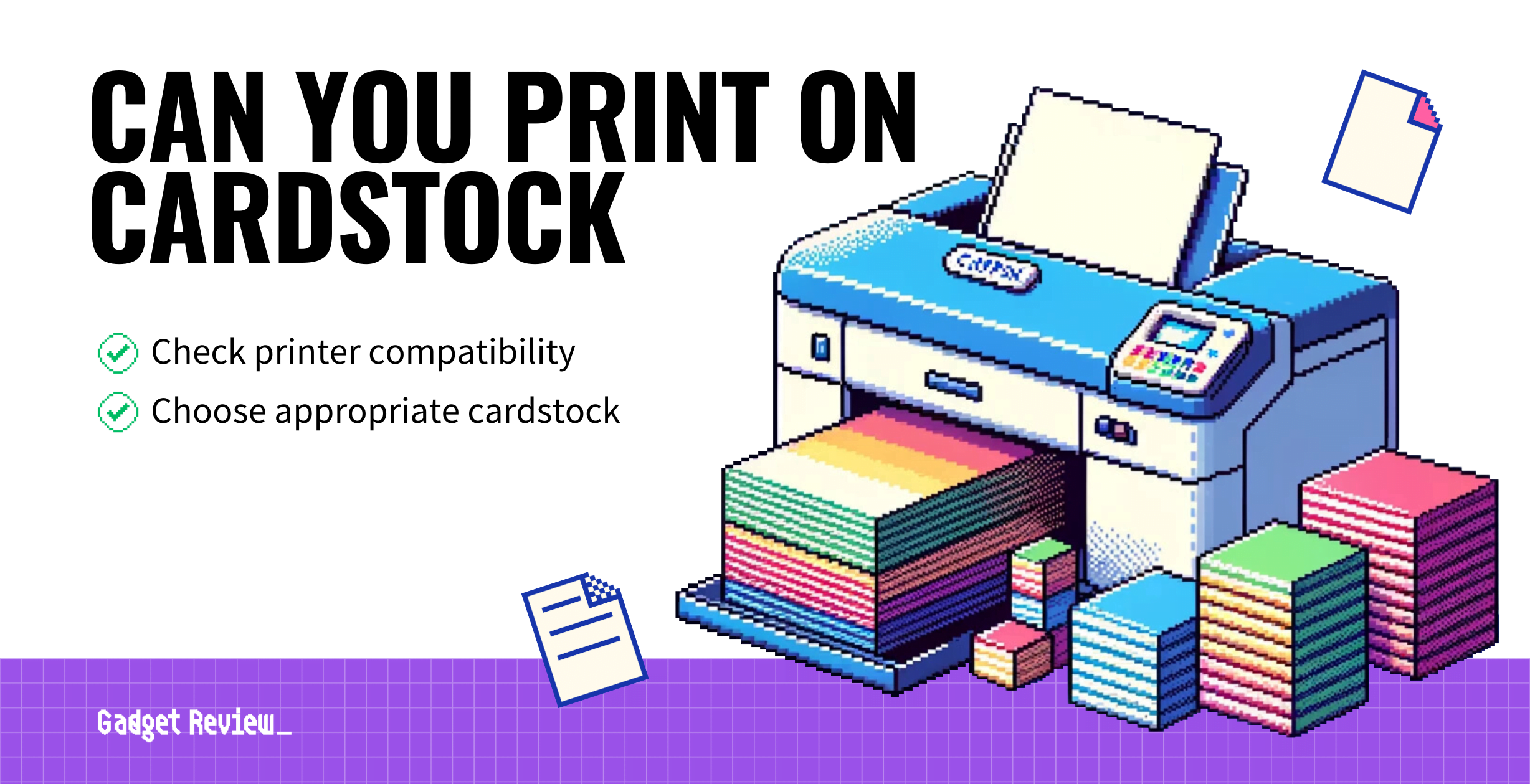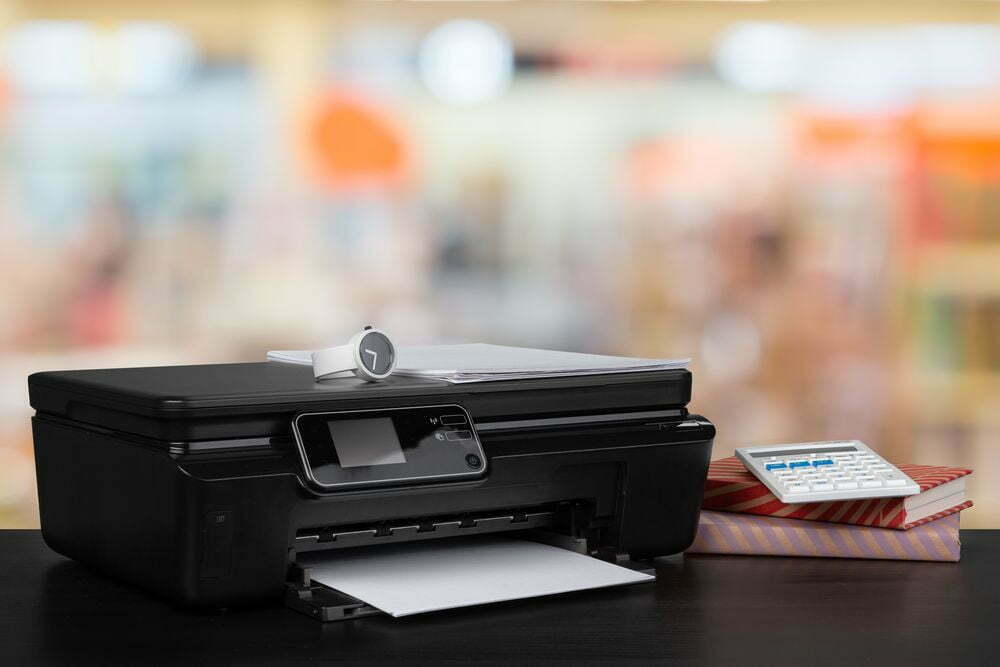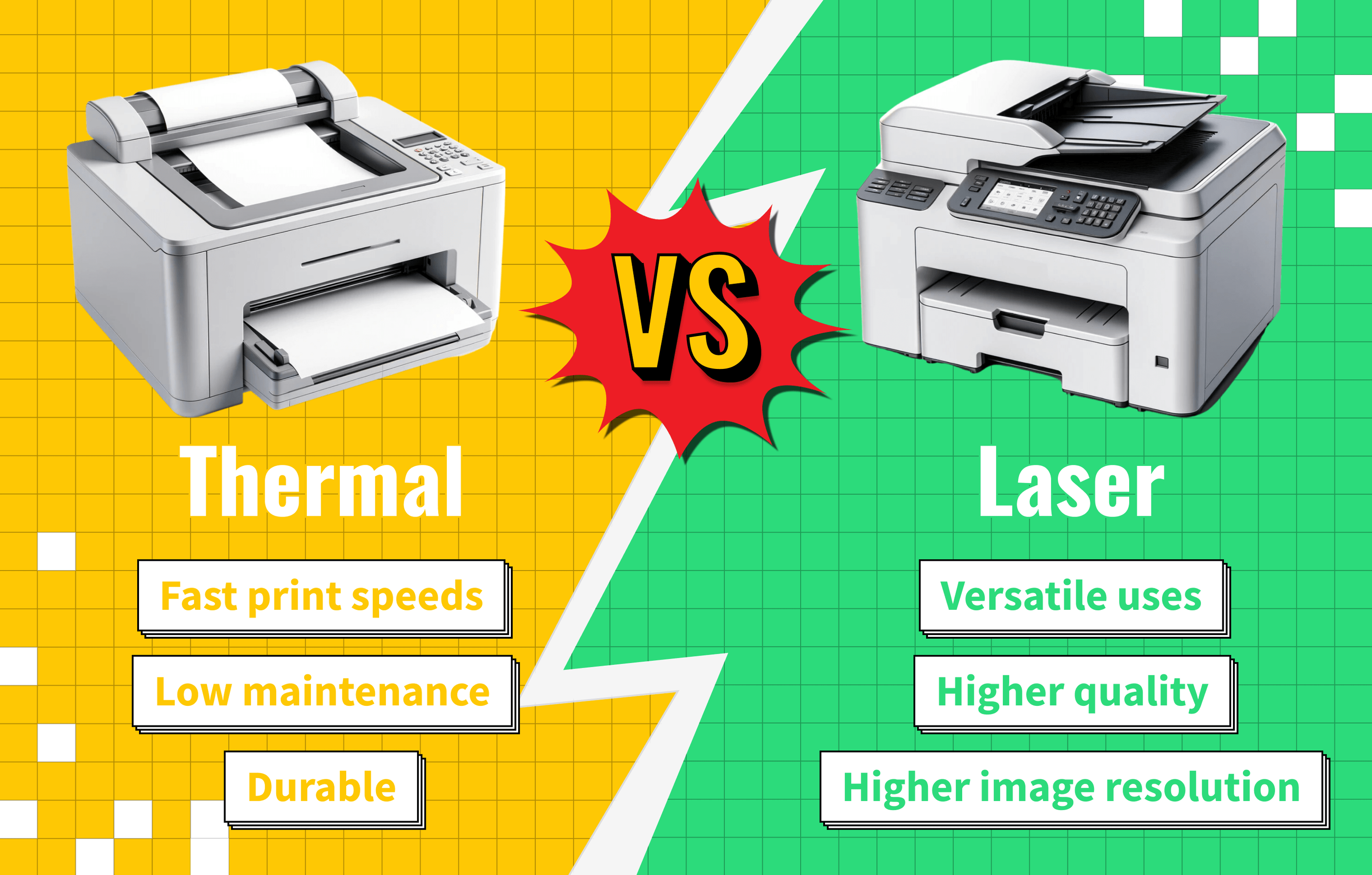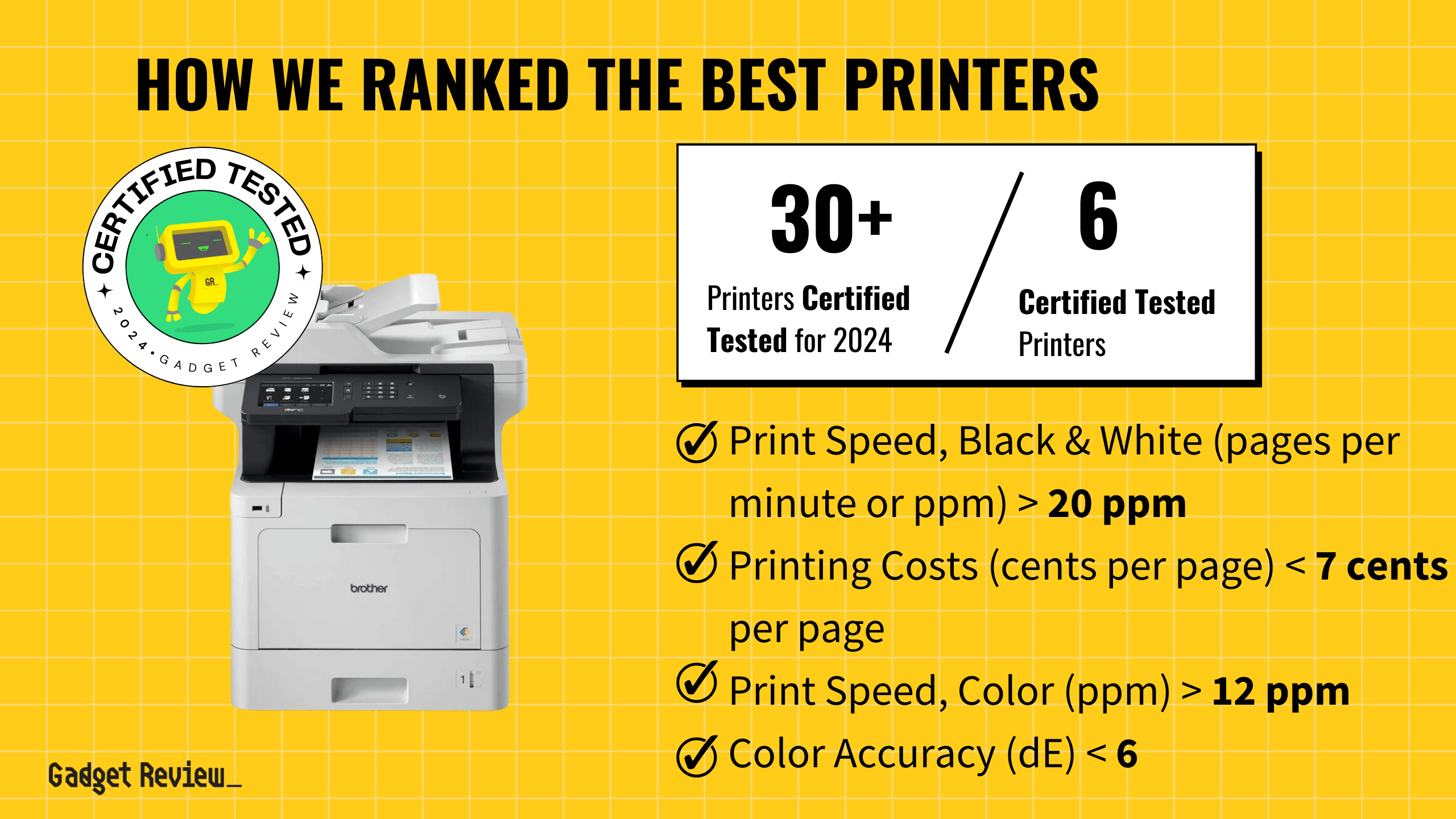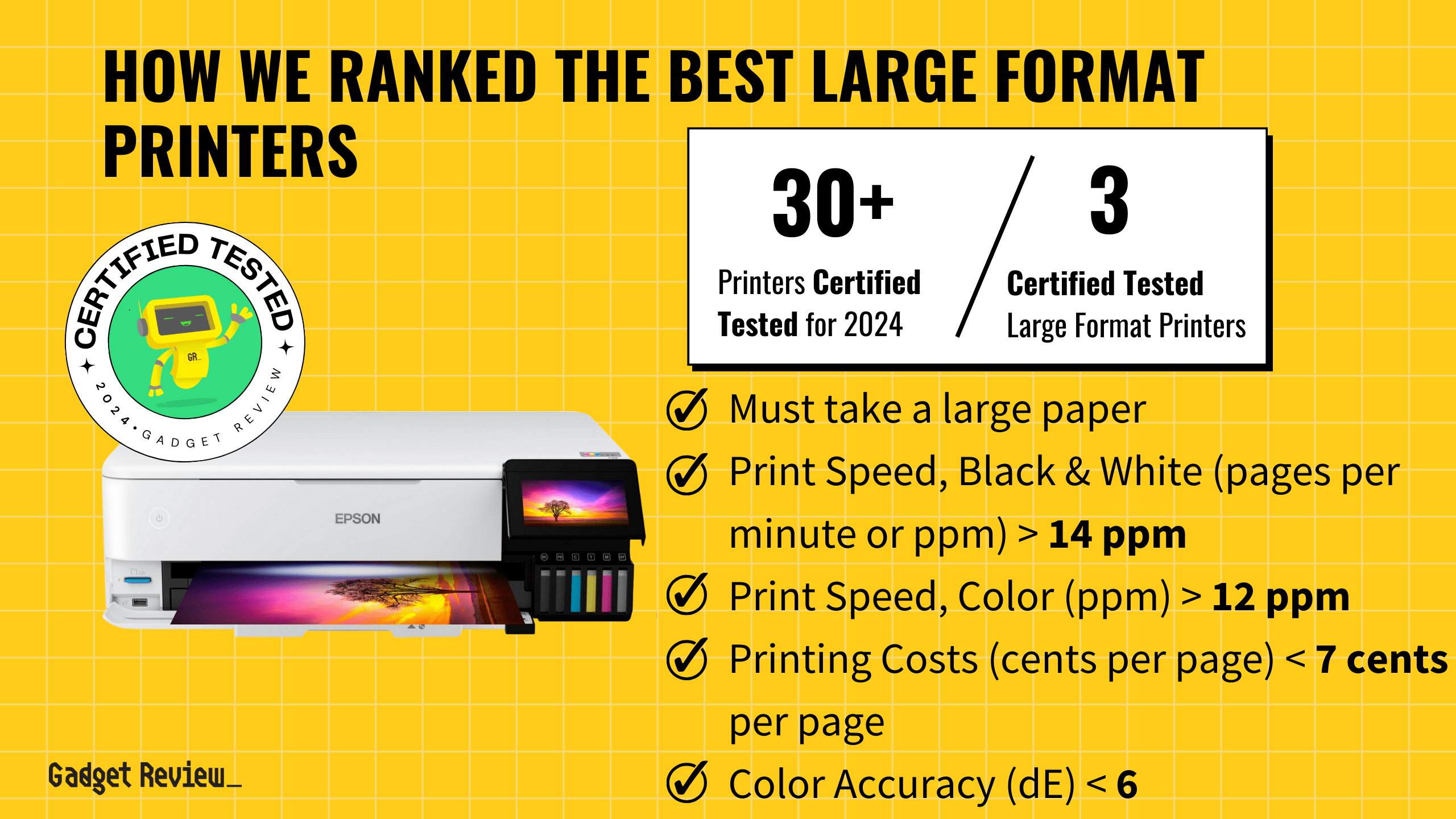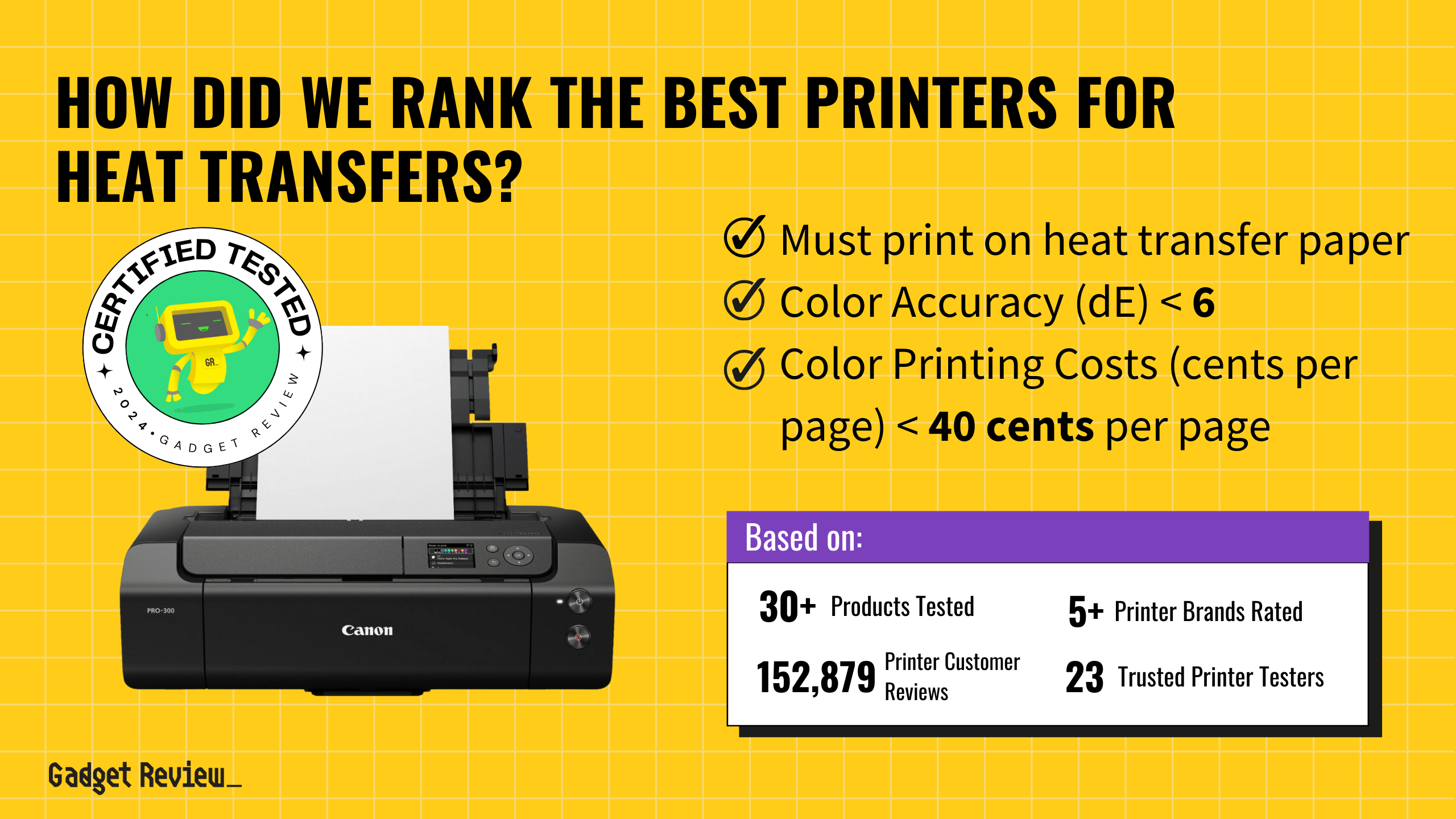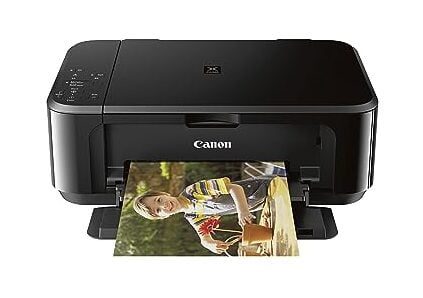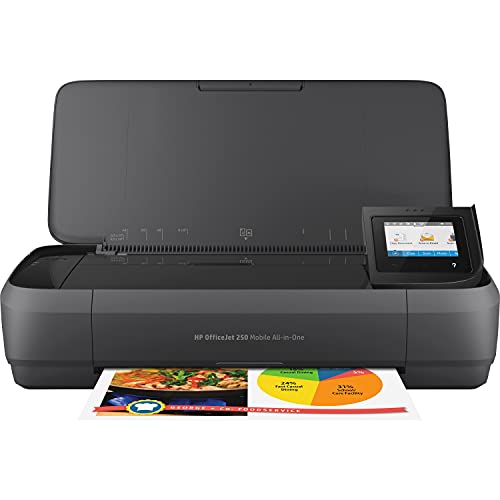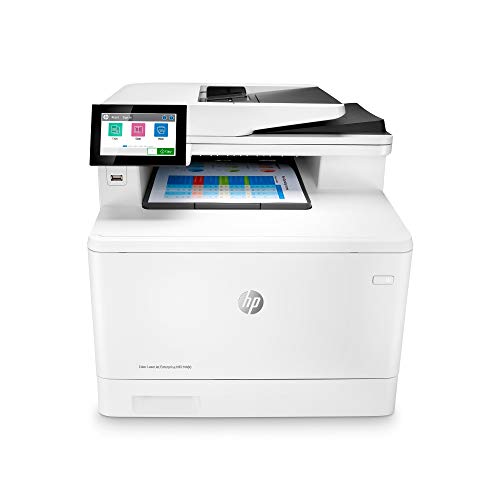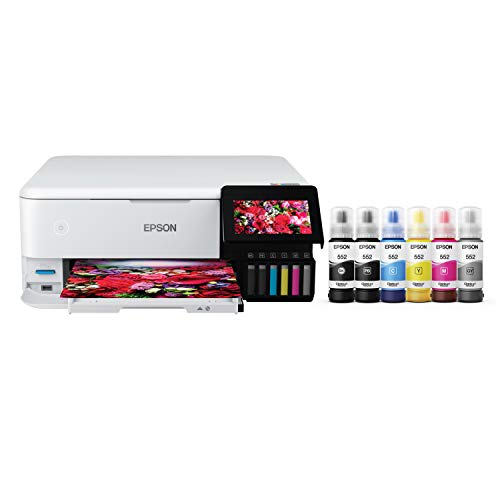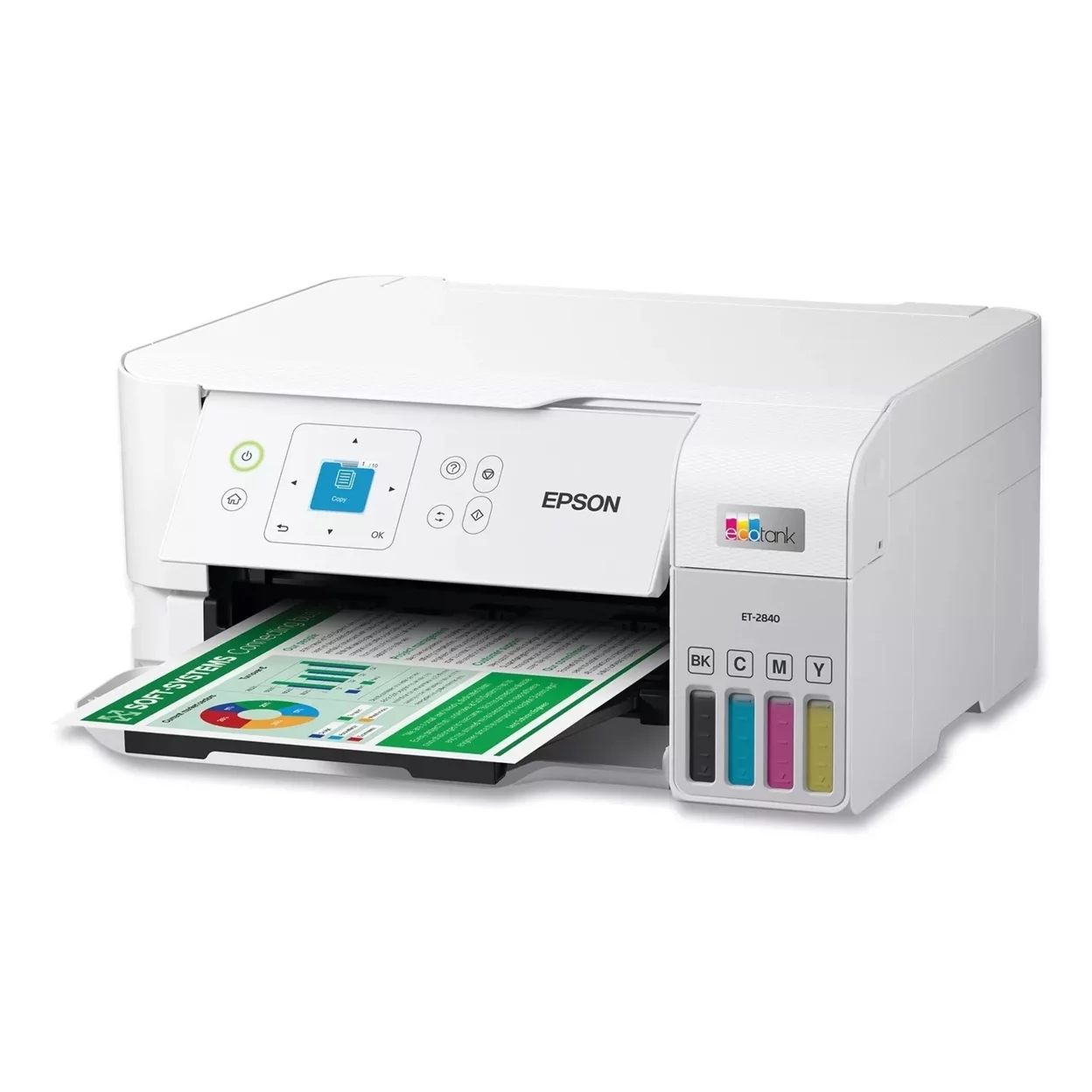In simple terms, inkjet printers use tiny droplets of ink sprayed onto paper to create images and text. Inkjet printers are one of the most commonly found types of printers in homes, home offices, and even professional settings.
Because of their technology and the different types of printers available, some of the best printers today are inkjet.
Key Takeaways_
- Inkjet printers are an extremely common type of printer, often with great print quality. They are commonly found in home offices, bedrooms, and professional settings.
- These printers work by spraying and shaping minuscule droplets of ink onto paper or a related surface type.
- Inkjet printers come with their own set of advantages, including low entry costs, the ability to print in color, and small form factors.
How Inkjet Printers Work
Inkjet printers work by spraying paper with extremely small droplets of ink, which are then shaped into letters, images, and whatever else is needed.
This is an extremely precise process, with the ink droplets being just 50 to 60 microns in diameter.
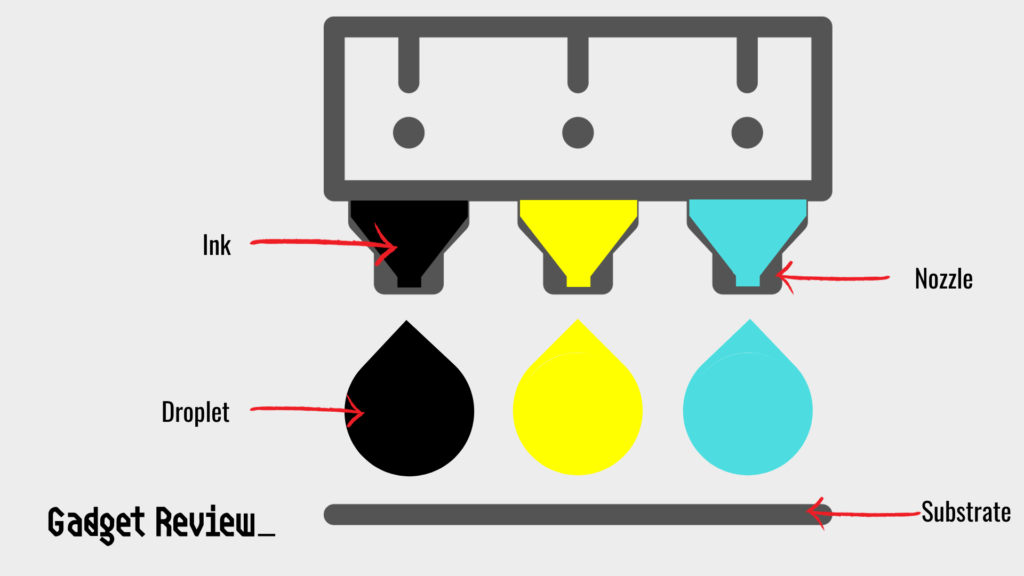
These droplets are then arranged in concrete patterns, with resolutions of up to 1440 x 720 dots per inch (DPI). You can learn more about this process with our article on how printer ink works, and doing so may also help to understand how long printer ink is good for.
Advantages of Inkjet Printers
The unique design of an inkjet printer loans itself some distinct advantages in the marketplace.
Low Cost
Inkjet printers have been around for decades, which has given manufacturers plenty of time to source inexpensive components. In other words, inkjet printers tend to be much cheaper to purchase than laser printers, all-in-one printers, 3D printers, and nearly any other type of printer.
However, check out our comparison of all-in-one printers vs single-function printers to see which is right for you.
There is a caveat when it comes to price, however, as the printers themselves are inexpensive, but the ink cartridges tend to run out quickly and can be costly to replace.
STAT: The largest-volume inkjet printer supplier is Hewlett-Packard, which supplies over 90 percent of the market for printers for printing technical drawings. (source)
Ink costs are not the only thing to consider when considering how much your printer costs. You should also consider how many amps a printer uses while in use. While most small, home printers won’t use much power, larger business printers can use a considerable amount depending on several factors.
Vivid Colors
Another distinct advantage to choosing an inkjet printer over another type of printer is that inkjet printers excel at creating color reproductions. Color inkjet printers tend to include a bevy of different-colored ink cartridges, typically following the CMYK color wheel. CMYK stands for cyan, magenta, yellow, and black.
Combining these four colors allows inkjet printers to create any other color imaginable. Inkjet printers are great for printing out color photos and vivid illustrations.
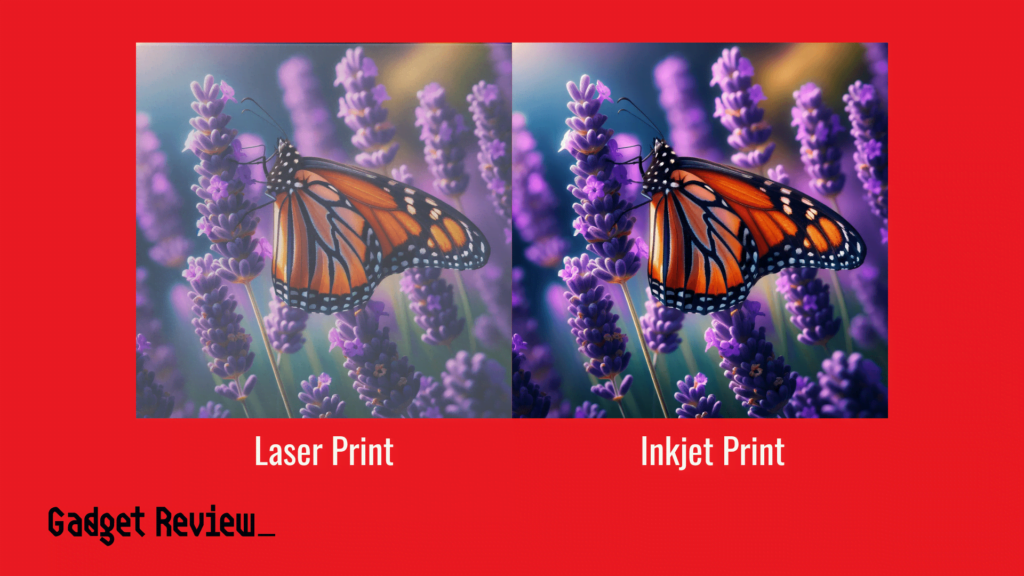
Of course, if your printer is equipped with multiple ink cartridges of varying colors, each will need to be replaced regularly.
Small Form Factors
The key components that make up your average inkjet printer have become easier to manufacture in recent years, leading to smaller and more compact components and materials.
In other words, inkjet printers can get pretty small and light, making them a great choice for dorm rooms, small bedrooms, small offices, and other cramped locations.
This also makes them easier to move throughout the home when necessary. Smaller inkjet printers tend to be slightly more expensive than traditionally sized inkjet printers.


